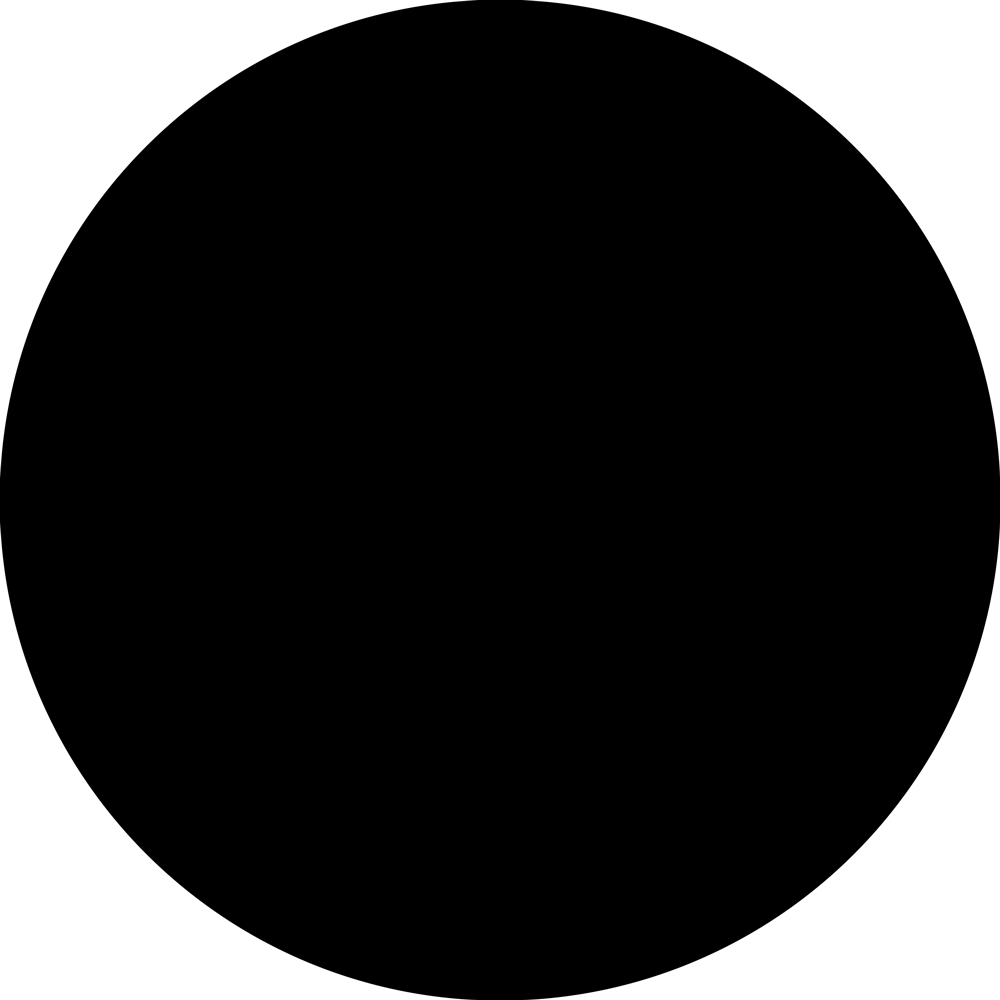The National Youth Theatre's production of Selfie was a retelling of Oscar Wilde’s The Picture of Dorian Gray. It opened on 8 October 2014 at the Ambassadors Theatre in London's West End, directed by Paul Roseby.
The National Youth Theatre approached me to create the live video design that would form a central part of the storytelling in the show.
The Setup
The set for Selfie was designed to work on top of the incumbent production of Stomp at the Ambassadors Theatre. The set design included two projectable surfaces. One in the form of an oversize portrait frame upstage centre, the other in the form of a downstage gauze.
The portrait frame was back-projected to give a crisp, bright image with a short, uninterrupted throw. This ensured the image would be able to sit alongside theatrical lighting with minimum loss of clarity, and sufficient brightness. The projector was flipped 90 degrees to maximise the 1920x1080 resolution and achieve minimum crop of the 16:9 ratio. A super-wide angle lens was also fitted to achieve the required projected area over a very short throw distance.
The gauze was front-projected from the circle balcony to achieve a full-stage projectable area. Acoustic baffles were used to silence the noise of the projector, which was above the audience in the stalls.
Frame Projections
The Dorian Picture
The most important projected element of the show was the image of Dorian herself. The image needed to be able to evolve to reflect the character’s descent into vanity, whilst making full use of the capabilities of video.
The first stage was to obtain the still images that would form the basis of the video design. It was decided that the initial portrait should show Dorian totally unaware of the camera. The subsequent images would show gradual self-awareness, leading to complete self-obsession.
Reference images used for the initial Dorian progression shoot.
Photographer Mark Cocksedge shot a series of Dorian portraits that followed our reference images in terms of pose and style. Mark also retouched the images to reflect their position in the sequence, the final images being deliberately over-distorted.
The Dorian progression in Act 1. Photography and retouch by Mark Cocksedge.
Using video to represent the Dorian meant that the picture could evolve and morph live on stage, rather than simply jumping from one image to the next. Liquify effects and distortion maps were used to create a morph effect so that the audience could see the evolution of the picture in real time.
The Dorian progression in Act 2.
This progression worked for Act 1, but didn't quite provide the horror required to help tell the story in Act 2. Distortion tools were used along with composite elements to achieve this effect and create the final ‘monster’ image.
Gauze Projections
Since the upstage frame contained so much photographic portraiture, it was decided that the gauze would, by contrast, use only white, graphic content. The translucent gauze meant that a layered 'write-on' effect could be achieved over the set behind it, giving it the feel of an augmented reality overlay.
Reference images for the gauze video content.
The only instances of photographic imagery being used on the gauze were when we saw images of those characters who had died in the show. In these instances the images were combined with graphic illustration to show the character's continued existence in the digital realm after departing the physical world.
The Sybil Vane Hologram
The imagery for the Lorde/Disclosure collaboration inspired the look of the Sybil hologram.
Creating the hologram effect for a deceased character's appearance in Act 2 involved a full-body green screen shoot followed by compositing various layers and effects to achieve the final look. This was then adjusted and mapped onto the gauze during the show's tech period to ensure the video appeared life-size and created the illusion that Sybil was entering from the stage-right wing, before growing to full stage height during the performance.
The Britannia Reveal
In one of the scenes in the production, Dorian models for a logo artwork. Later in the act, the new brand identity is revealed at a launch party. At the point of reveal, we see part of the artwork in the frame upstage. As the scene changes to an exterior, the gauze flies in and we see the full-size artwork 'write-on' over the top of the upstage frame and grow to a full billboard-sized image filling the entirety of the gauze.
Prologue to Act II
In the prologue to Act 2 the audience needed to be informed of the passage of time between acts. The concept of the picture frame (central to the physical set design) was used to show the passing of both trends and time. The frame ends up back at the initial design to reflect one of the production's central refrains: 'same as it ever was’.
Press
"Paul Roseby’s spunky production features some excellent video projections from Simon Eves"
Time Out
"fantastic use of different forms of projection... a clever design by Verity Quinn and Simon Eves considering the space has the long-term show Stomp’s set fixed onto the stage."
Everything Theatre
"The visual elements of the piece worked extremely well, particularly the projected backdrops and the vivid ever-changing mirror displaying Dorian’s portrait."
A Younger Theatre
"the final disintegrated face on the screen – video designs by Simon Eves – is splendidly nasty"
Libby Purves
